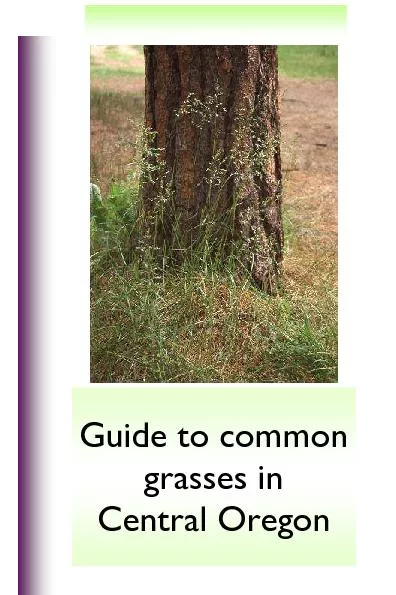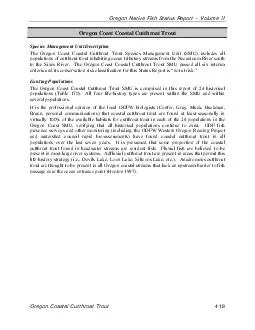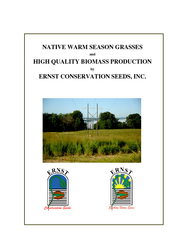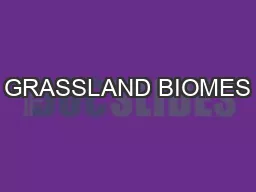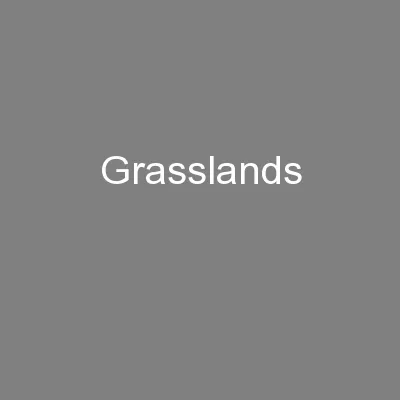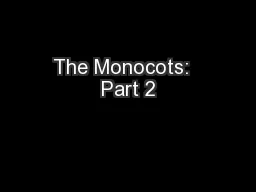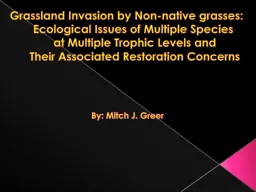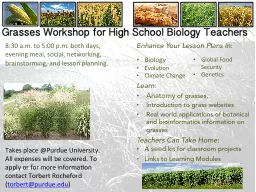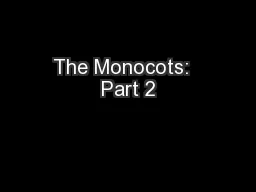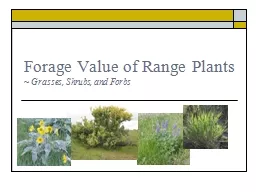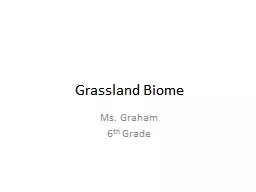PDF-Guide to Common Grasses in Central Oregon This non-technical guide to
Author : karlyn-bohler | Published Date : 2016-06-09
nn r rr 2 Paul MacMillan OSU Master Gardener Volunteer and primary author wrote the descriptive material for each grass developed the key and assembled
Presentation Embed Code
Download Presentation
Download Presentation The PPT/PDF document "Guide to Common Grasses in Central Oreg..." is the property of its rightful owner. Permission is granted to download and print the materials on this website for personal, non-commercial use only, and to display it on your personal computer provided you do not modify the materials and that you retain all copyright notices contained in the materials. By downloading content from our website, you accept the terms of this agreement.
Guide to Common Grasses in Central Oregon This non-technical guide to: Transcript
Download Rules Of Document
"Guide to Common Grasses in Central Oregon This non-technical guide to"The content belongs to its owner. You may download and print it for personal use, without modification, and keep all copyright notices. By downloading, you agree to these terms.
Related Documents

